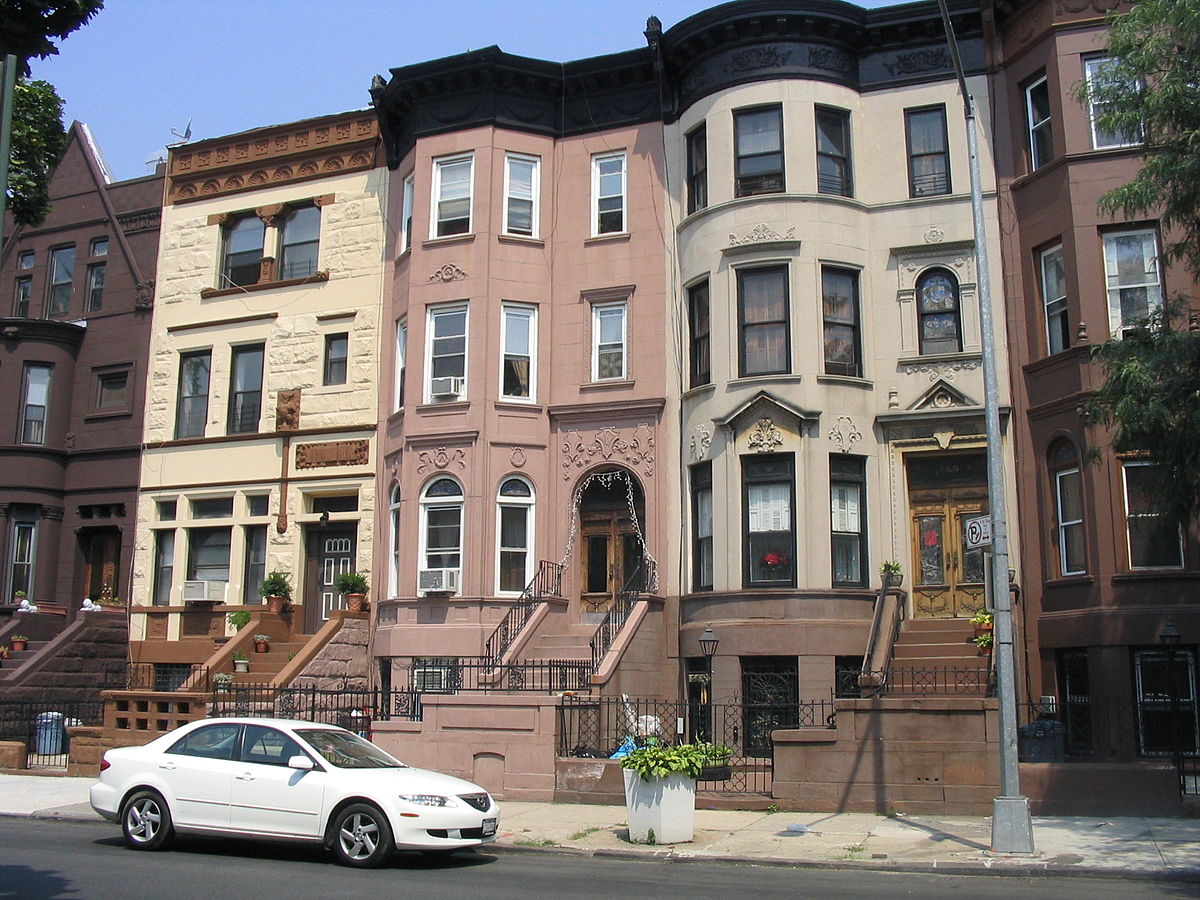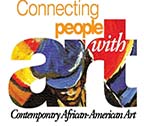Bedford Stuyvesant, New York, is the oldest Black community in Brooklyn. Established by the Dutch in 1636 as part of Breuckelen (Brooklyn), it later became known as Bedford Stuyvesant. When Brooklyn was incorporated in 1837, this area comprised parts of the seventh and ninth wards of the new city. One section was home to Weeksville, one of the first free Black communities in the United States.
The name Bedford-Stuyvesant was born from the merger of the 19th-century middle-class communities of Bedford and Stuyvesant Heights, both of which were absorbed into the rapidly expanding Brooklyn. Bedford Stuyvesant was a predominantly white community from its inception in 1636 until the early 1940s. By World War II, however, Black women and men from the South and the West Indies began to arrive. By 1945, this influx had transformed Bedford Stuyvesant into a community of over 65,000 Blacks. Whites began moving out of the area as it became home to working-class and middle-class Blacks who commuted to jobs in Manhattan and downtown Brooklyn.
With the growing Black population, Bedford Stuyvesant blossomed into Brooklyn’s ‘Little Harlem.’ By 1960, its 200,000 people outnumbered the remaining white inhabitants four to one. Located in the north-central portion of the Brooklyn borough, it is about five square miles and known for its vibrant cultural scene and the beautiful maple, ash, and ginkgo trees lining the sides of the streets.
Bedford Stuyvesant is also known for its brownstones. With nearly 9,000 houses built before 1900, this is one of the largest communities in the nation known for its intact and untouched Victorian-style brownstone architecture. However, that middle-class ambiance was challenged by the City of New York locating 21 public housing projects there beginning in 1967.
By 1970, Bedford Stuyvesant was home to the Center for Art and Culture, which includes the Billie Holiday Theater, the Restoration Dance Theater, the Skylight Gallery for art exhibitions, and a Youth Arts Academy. Six years later, in 1976, the Bedford Stuyvesant Family Heath Care Center was opened.
Between 1980 and 2020, the population of “Bed-Stuy,” as many residents called their community, dropped from 218,783 to 168,902. Even as the population declined, it changed demographically again. In 2000, three-quarters of Bed-Stuy’s population identified as Black or African American. However, in 2015, only half of the population did as whites and Latinos moved into the rapidly gentrifying area where many old brownstones were now valued at more than one million dollars. By this point, volunteer groups were formed to help long-time African American residents, or their children hold on to family homes that wealthy newcomers now sought.
Bedford-Stuyvesant’s most prominent residents have included Gabourey “Gabby” Sidibe, Chris Rock, Jackie Robinson, Lena Horne, Notorious B.I.G., and Jay Z. In 1968, Shirley Chisholm was elected to the U.S. House of Representatives from Bedford-Stuyvesant. She was the first Black woman in the United States elected to Congress and the first Black member of Congress to represent this area.
Do you find this information helpful? A small donation would help us keep this available to all. Forego a bottle of soda and donate its cost to us for the information you just learned, and feel good about helping to make it available to everyone.
BlackPast.org is a 501(c)(3) non-profit and our EIN is 26-1625373. Your donation is fully tax-deductible.
“The Brownstones of Bedford-Stuyvesant,” http://www.blackownedbrooklyn.com;
David Alm, “The Quietly Radical, 60-Year-Old Signs of Bed-Stuy,” http://www.forbes.com;
Hannah Frishberg, “From Do or Die to Do or Dine: How Bed Stuy Got Its Name,” http://www.brownstoner.com.

